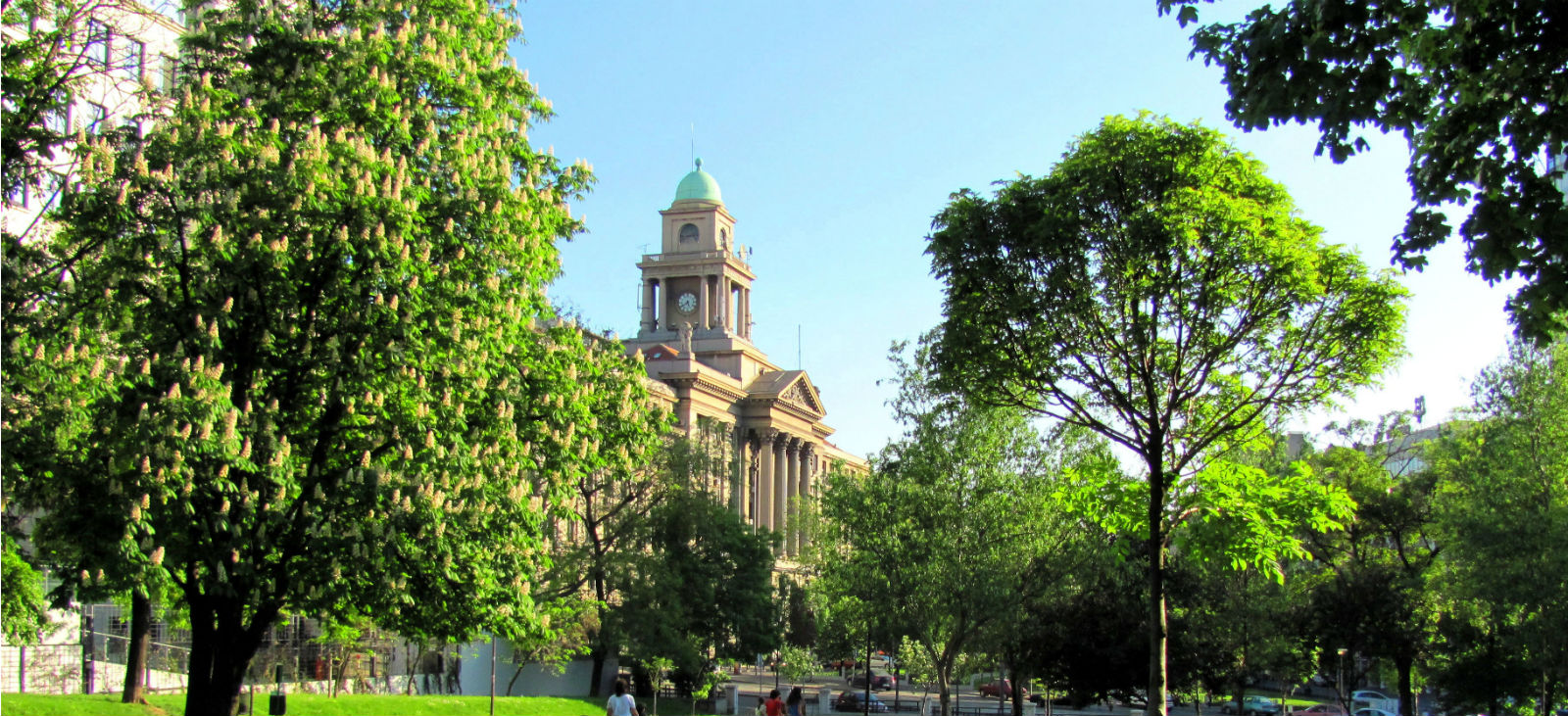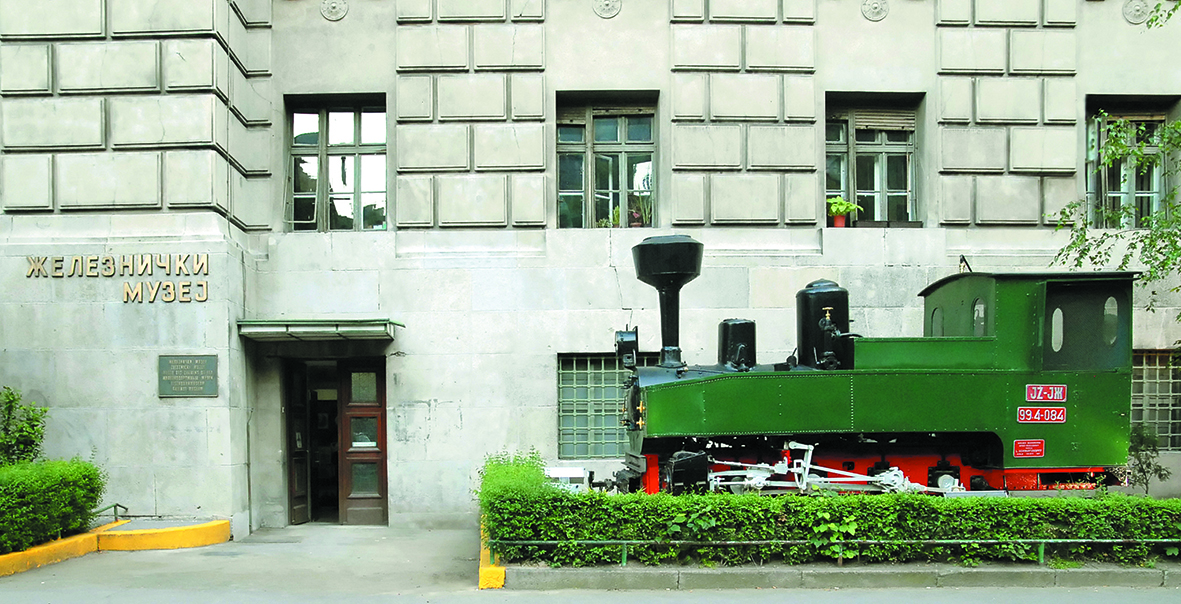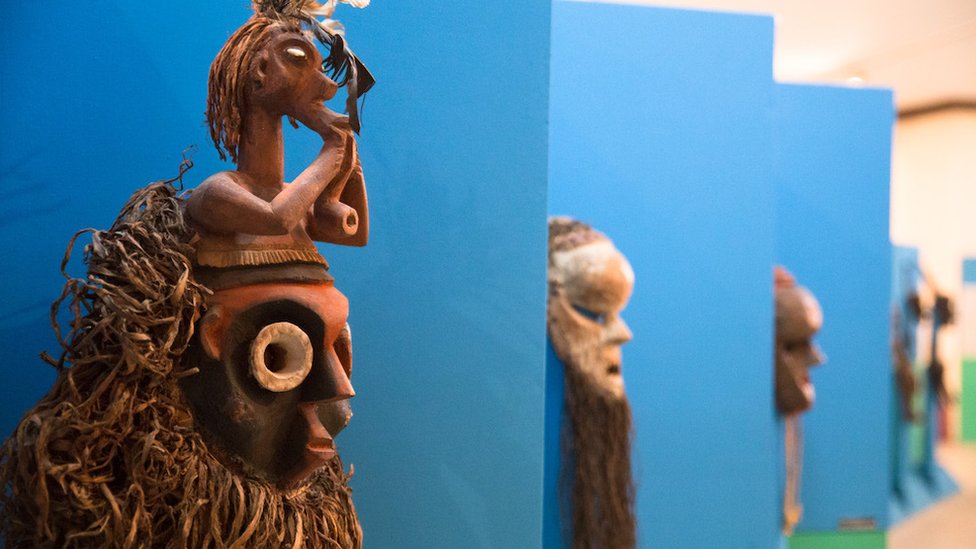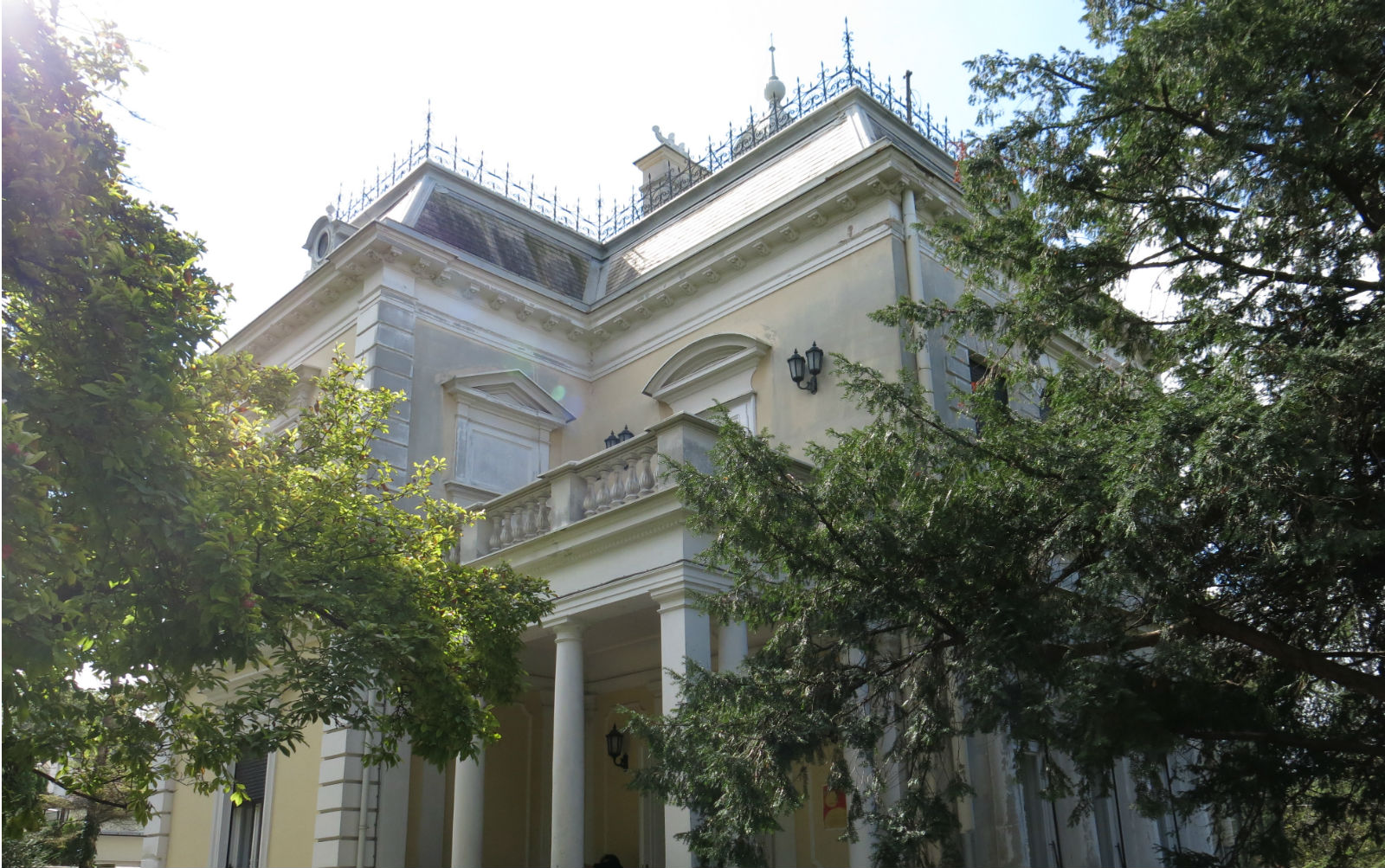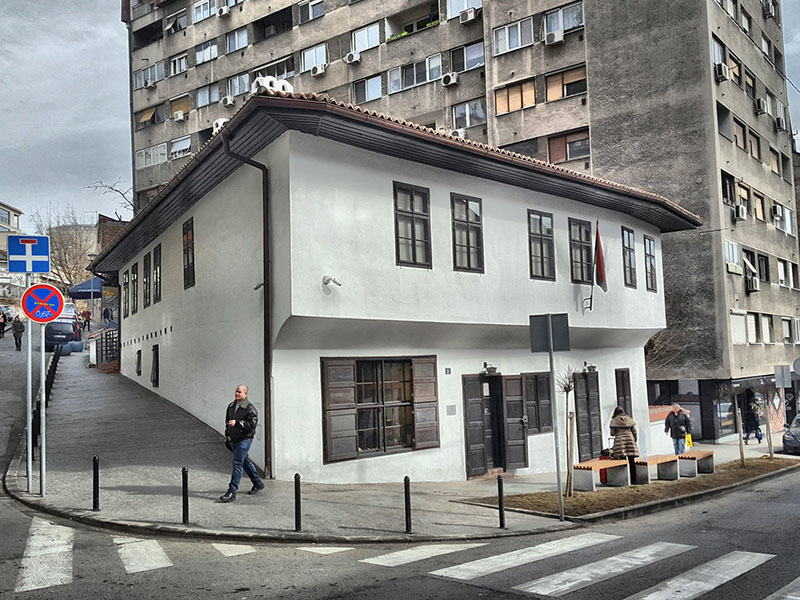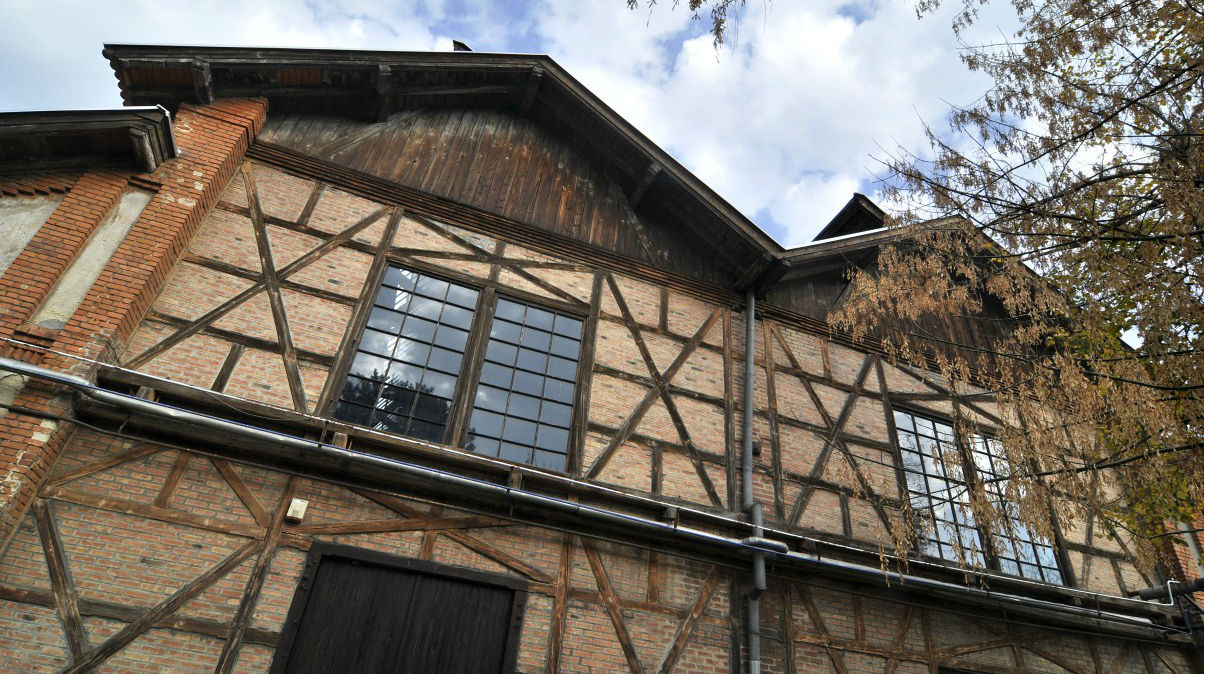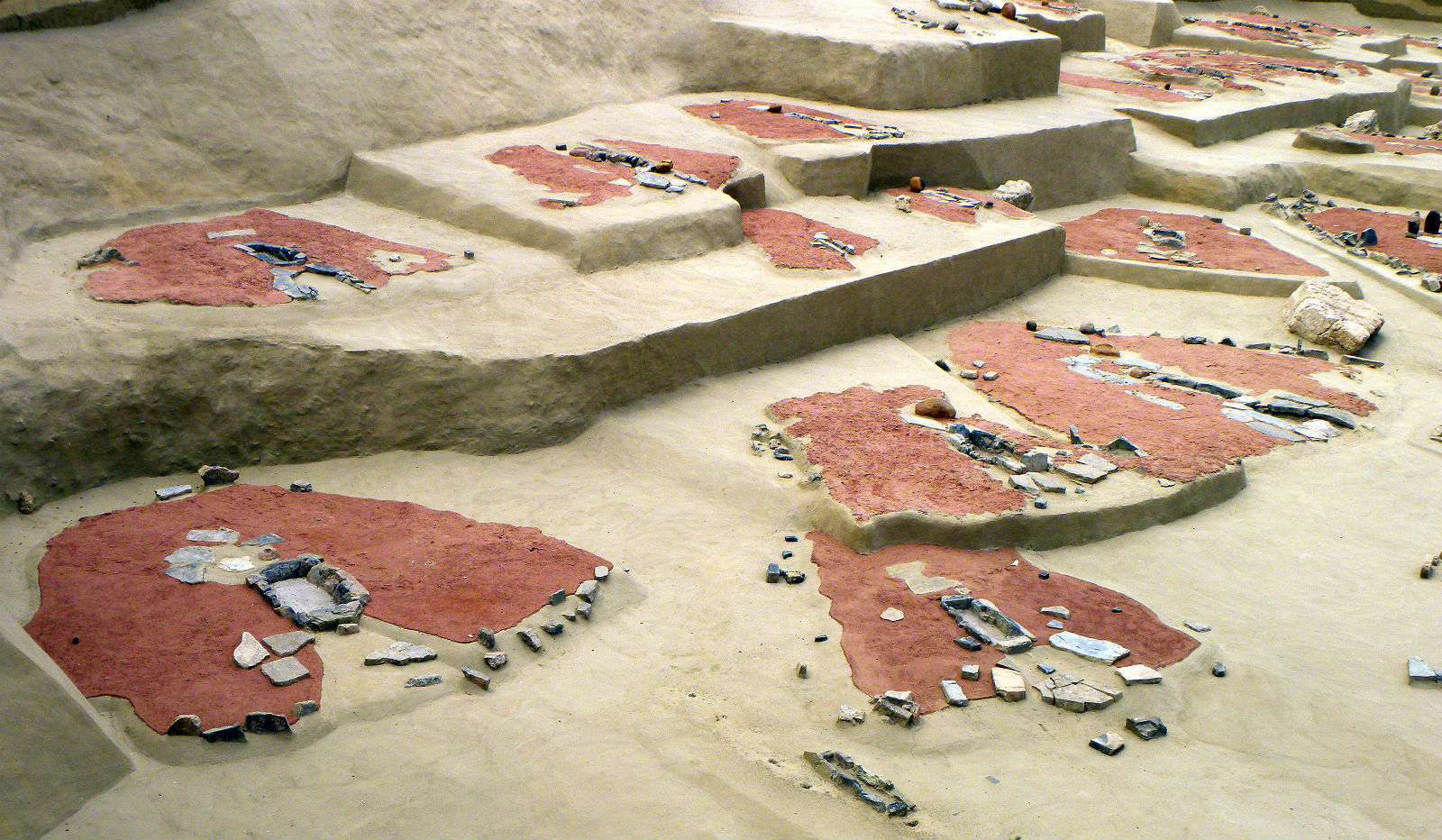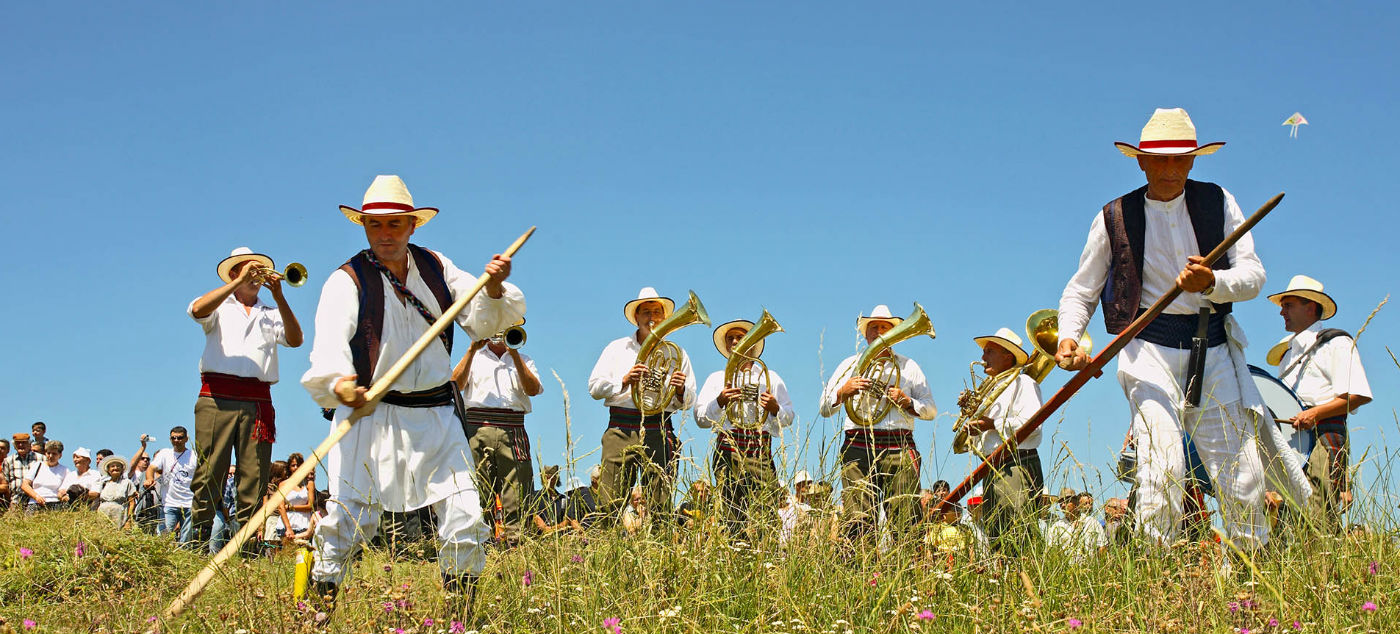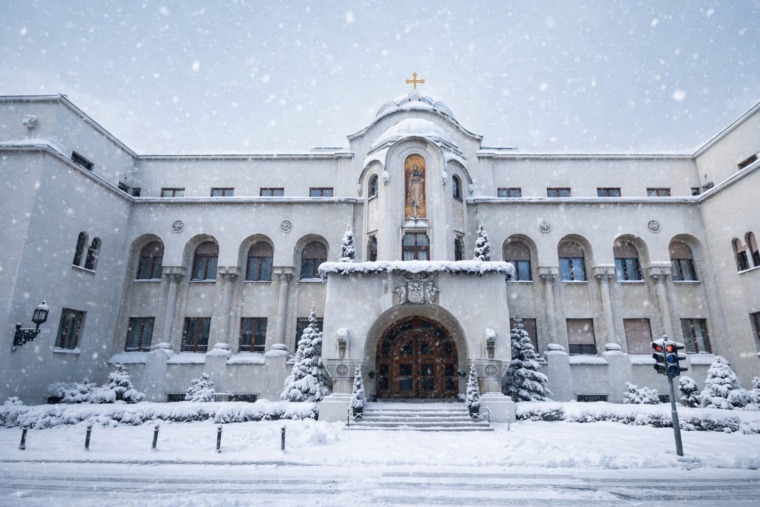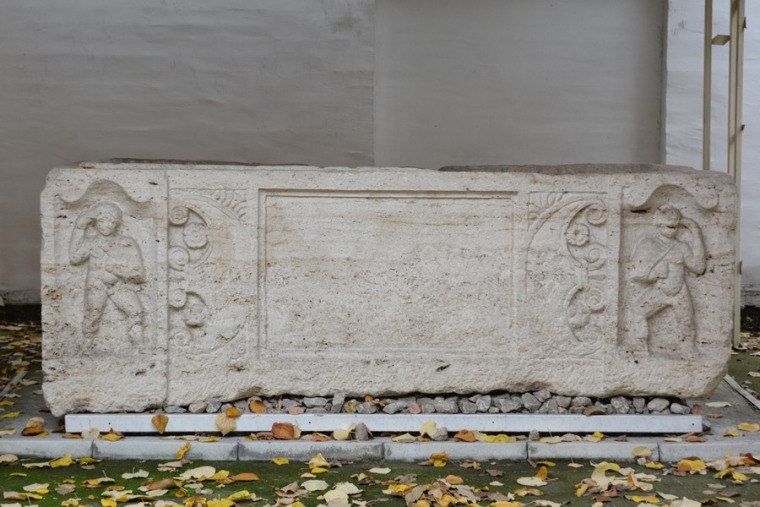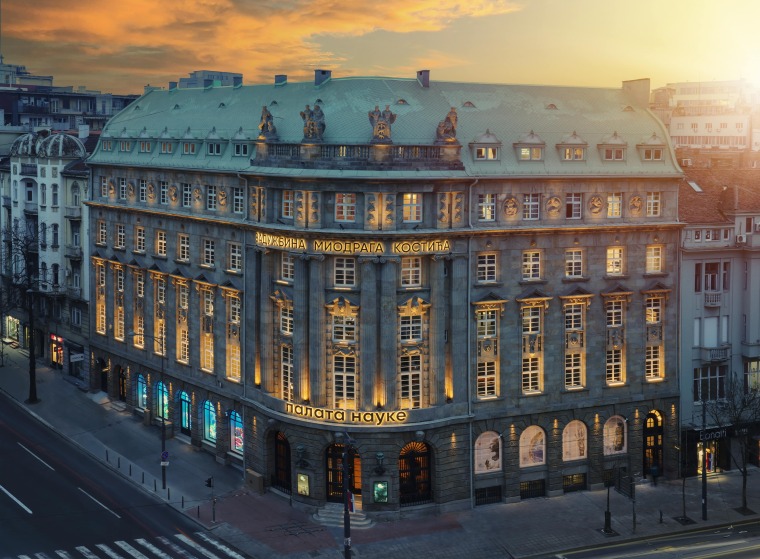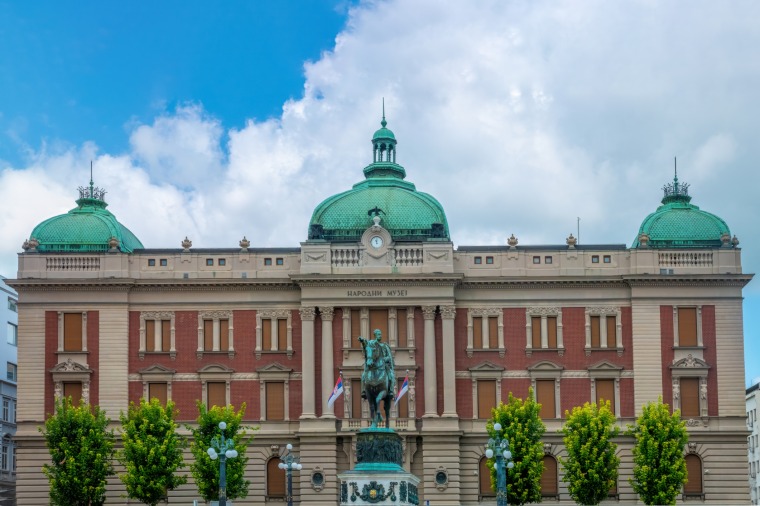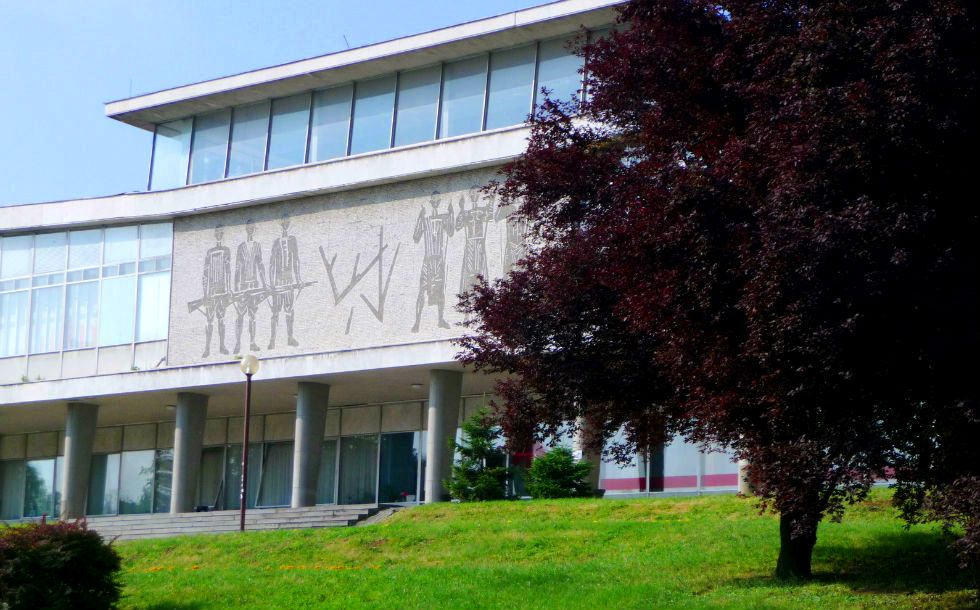Within its walls Serbian museums preserve priceless historical and cultural treasures.
First museums in Serbia were founded in the second half of the 19th century and are among the first cultural institutions established within the national program of a modern Serbian state.
The first Serbian museum was founded in 1844 under the name “Muzeum srbski” by the decree of Jovan Sterija Popović, who was the head of the Ministry of Education at that time. “Muzeum srbski” is the today’s National Museum in Belgrade. This moment has marked the beginning of the systematic collection and protection of cultural heritage in Serbia.
Shortly after founding the National Museum, first specialized museums in Belgrade, Vojvodina and across Serbia were founded. Until 1945 Serbia had 20 museums, and after the World War II, that number had increased considerably.
There are around 100 museums in Serbia and most of them are located in the buildings that represent the cultural heritage and are themselves under the state protection.
In most museums there is a designated space for temporary exhibitions, while the identity of any museum lies in its permanent exhibition, that is, a representative selection of cultural property that arises from the concept of that museum.
In addition to exhibition programs, in museums are also held promotions, lectures, seminars, movie nights, chamber music concerts, theatrical performances and a variety of educational workshops. Museums usually work every day except on Mondays.
In this section you can read interesting stories about some of the museums in Serbia, whereas clicking on this link you will get a list of all the Serbian museums sorted by their location.
Related Articles
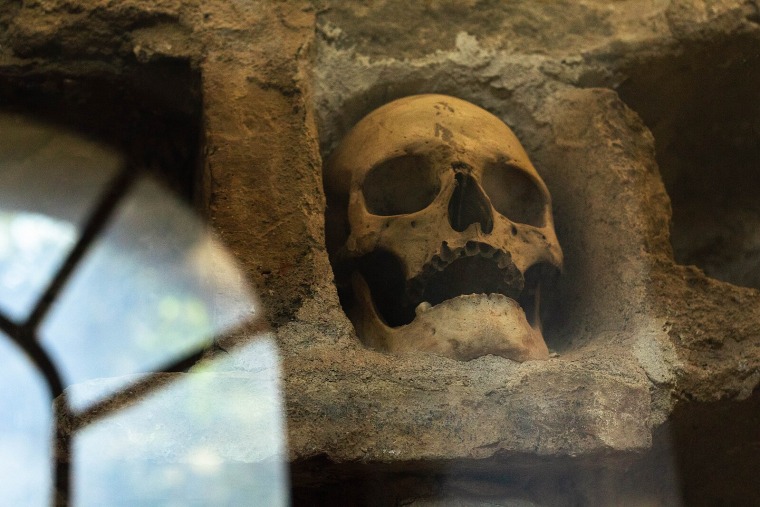
Inside Ćele Kula: The Largest Skull Tower in the World
February 28, 2025

